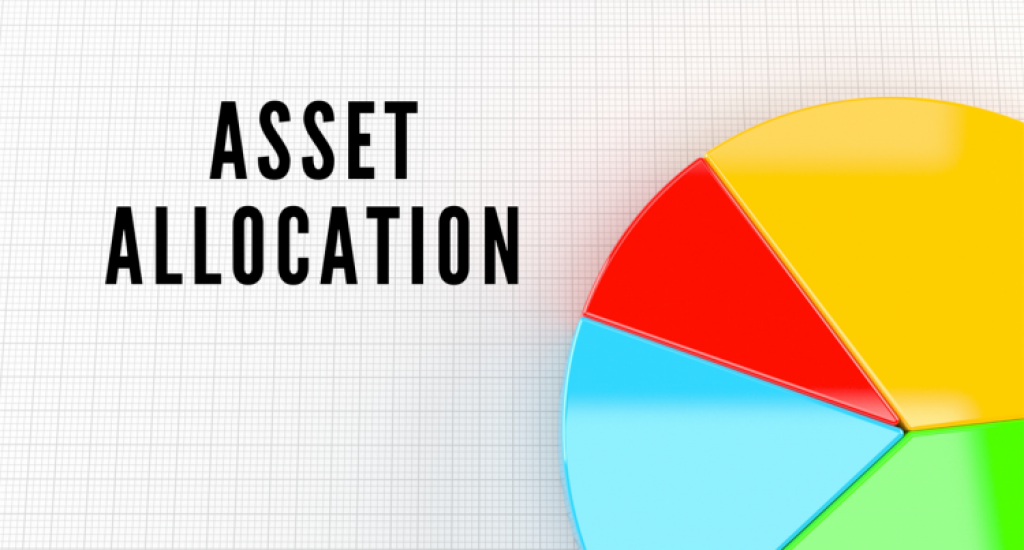Introduction
Asset allocation refers to the proportions of funds that an investor invests in various asset classes (such as cash, bonds and stocks), sectors and countries. An investor’s portfolio should also allocate investments to various sectors such as energy, financials, ICT, healthcare, communication services, industrials, utilities, real estate etc. It is important to diversify (invest across various sectors) to reduce your exposure to risk. For example, ICT or technology may be doing very well whilst other sectors such as energy may suffer. This is what we experienced in most of 2020 due to the COVID-19 pandemic. However, for 2021 most investors predict that value stocks or sectors such as energy, financials, travel and tourism are likely to do better than Technology stocks due to the expected mass roll out of vaccines. It is also important to spread one’s investment across various countries to achieve global diversification and risk reduction. This occurs because if one country does not do well, another country may perform very well to compensate. Different countries also have different growth potential and areas of specialization. Diversification across various instruments, sectors and countries therefore helps the investor to reduce risk without necessarily comprising returns.
An asset class on the other hand, refers to securities with similar attributes, characteristics and risk and return profiles. For example, Ecobank Ghana (EGH) and Benso Oil Palm Plantation (BOPP) share similar characteristics in the sense they are all stocks with a high level of risk (variation in returns) and potential returns compared to Treasury Bills which have low risk and equivalently lower returns. There are various assets classes such as bonds, stocks, private equity, real estate etc. The important point is that securities within each class share similar risk/return characteristics.
An investor typically indicates the proportion of funds they want to invest in a particular asset class for example and the allowable ranges. For example, an investor may decide to invest 70% of their funds in stocks and 30% in bonds. The allowable ranges may be specified as 60% – 80% for the stocks. This means that if markets do well and go beyond 80%, the investor has to reduce allocation to stocks back within the allowable range. On the other hand, the allowable ranges for bonds could be 20% to 40%. If bonds for example go below 20% of the proportion of the portfolio, more bonds have to be added to the portfolio. An investor will also determine the proportion of funds they want to invest in particular sectors and countries.
Asset allocation to a large extent determines the return and risk of a portfolio. Most research shows that asset allocation is responsible for 90% of a risk on a portfolio and 40% of return variation. In essence, it is one of the greatest factors that determine the risk and return of a portfolio. Indeed, asset allocation is a bigger factor in determining the risk and return of a portfolio even more so than security selection (the decision as to which particular stocks or bonds to invest in).
An indicator of a good asset allocation is that an investor can stick to it in both good and bad market conditions. If you can’t sleep because for example most of your funds have been allocated to stocks, then such an asset allocation is not right for you.
Why is Asset Allocation Important?
As indicated in the introduction, the asset allocation decision to a large extent determines the risk and return characteristics of a portfolio. Risk in lay man terms refers to the likelihood that you would lose your money. Consequently, if you are more likely to lose your money on a particular investment then such an investment is riskier compared to one where you are less likely to lose money. Further, in finance we say that risk drives expected returns. That is the higher the risk, the higher the expected return. Therefore, in expectation, investor’s who invest in riskier instruments expect to get a higher return. This higher return is not always realized. We don’t need to look far for an example for this. Menzgold investors were receiving about 8% returns per month. Such a high return suggests high risk. Indeed, a lot of Menzgold investors lost their money. This shows us that they did not earn the expected higher returns.
In the Table below, we demonstrate an example asset allocation for three different investors. We will call these investors Chicken, Middle of the Road Investor and Venturesome Lion.
| Nick Name | Cash | Bonds | Stocks | Expected Returns |
| Chicken | 30% | 50% | 20% | 5% |
| Middle of the Road Investor | 10% | 40% | 50% | 8% |
| Venturesome Lion | 5% | 15% | 80% | 15% |
As is obvious from the Table, the lower risk investor (chicken) allocates less of their funds to stocks (a riskier asset class). On the other hand, the risk loving or seeking investor (venturesome lion) allocates more of their assets to stocks (a riskier asset class). Equivalently, the expected returns on Venturesome Lion’s portfolio is expected to be higher than that of Chicken’s portfolio. Another point to be made is that an investor’s risk and returns expectations must be consistent. Some investors want high returns, so they invest a lot of their funds in an asset class like stocks but they cannot tolerate the risk or loses associated with stocks. I know investors who put their money in stocks because the stock market was doing well and then suffered losses. They couldn’t understand this because they didn’t expect to lose money. In their minds, stocks are like investing in treasury bills where you almost always get your money back plus some return. This is certainly not the case with stocks. Stocks offer a ‘joy ride’. They bounce around a lot meaning that an investor can make gains but they can also incur loses.
Conclusion
In this article, we have discussed what asset allocation is and why it is important. We have learnt that asset allocation basically refers to deciding how much of our money we should put in various asset classes (such as stocks and bonds), various sectors and various countries. We also learnt that asset allocation is one of the biggest factors that affects an investors risk and return. Indeed, we learnt that the proportion of our funds that we decide to invest in stocks for example is more important than the actual stocks we decide to invest in (security selection). The next article in this series examines the factors that determine an investor’s asset allocation.
Written By;
Elikplimi Komla Agbloyor
Senior Lecturer, University of Ghana Business School
Chair of Research Committee, Tesah Capital
&
Abel Mawuko Agoba
Lecturer, University of Professional Studies
External Research Fellow, Tesah Capital






